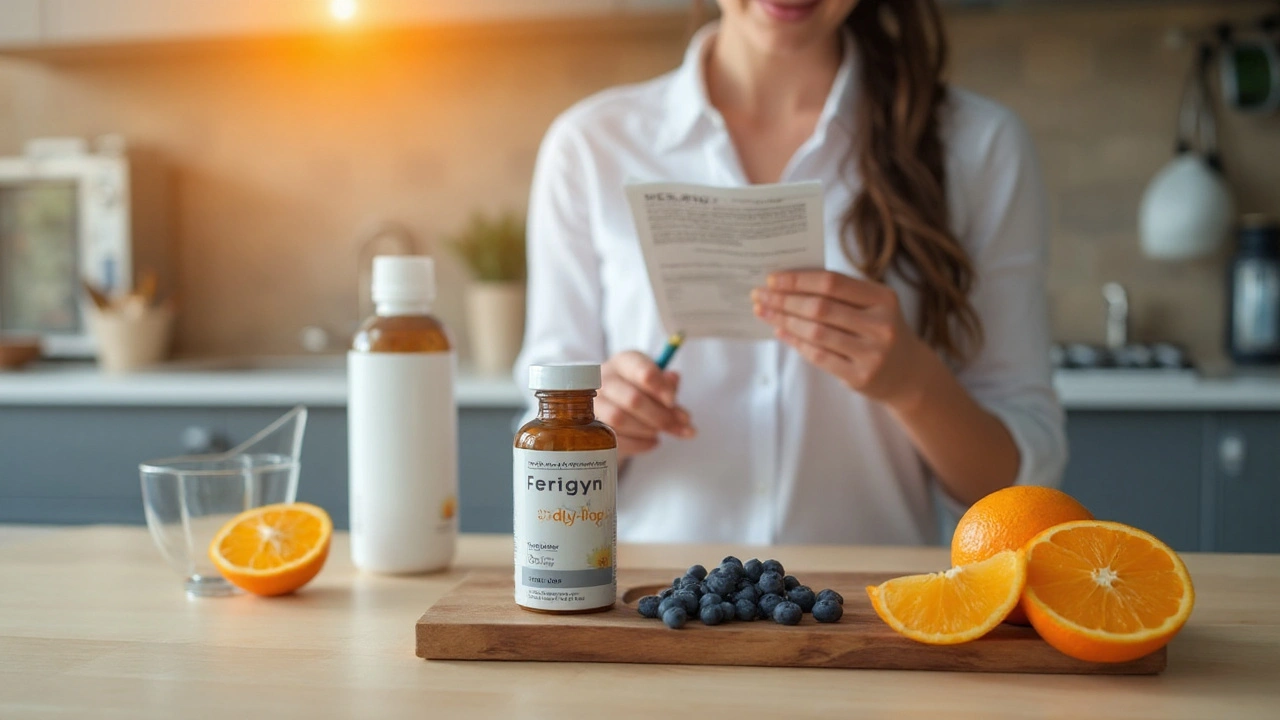Dosage Guide: Simple Steps for Safe Medication Dosing
Ever wonder if you’re taking the right amount of a pill? You’re not alone. Getting the dose right can mean the difference between relief and side effects. This guide breaks down the basics so you can feel confident every time you pop a tablet.
Know Your Prescription Details
First thing – look at the label. It tells you the strength (like 10 mg) and how often to take it (once a day, twice a day, etc.). Write down the exact numbers; don’t rely on memory alone. If the label is hard to read, ask your pharmacist for a clear copy. A quick check of the dosage, frequency, and route (pill, liquid, patch) helps you avoid accidental overdose.
Measure Accurately, Especially Liquids
Swallowing a tablet is easy, but liquid meds need a proper tool. Use the dropper or measuring cup that comes with the medication – not a kitchen spoon. A kitchen spoon can be off by 30 % or more, which could change the effect. When you’re unsure, ask the pharmacist to show you the right way to measure.
Timing matters too. Some drugs work best with food, others on an empty stomach. Your prescription label will note “take with food” or “take on an empty stomach.” If you miss a dose, don’t double up – take the next one at the regular time unless your doctor says otherwise.
Keep a dosing schedule. A phone alarm, a pill organizer, or a simple notebook can remind you when it’s time. Consistency keeps the medicine in your system at the right level, which is especially important for chronic conditions like hypertension or diabetes.
Watch for interactions. Certain foods, drinks, or other medicines can boost or block a drug’s effect. For example, grapefruit can increase the level of some cholesterol meds, while calcium can reduce the absorption of certain antibiotics. A quick look at the drug’s interaction list or a chat with your pharmacist can prevent surprises.
Know the signs of too much or too little. If you start feeling unusually dizzy, nauseous, or have a racing heartbeat after a dose, it could be too much. On the flip side, if you don’t notice any improvement after a few days, you might need a higher dose. Always talk to your doctor before changing anything.
Store meds properly. Heat, light, and moisture can degrade a pill and change its strength. Keep most drugs in a cool, dry place away from the bathroom sink. Some medicines, like insulin, need refrigeration – follow the label instructions.
Finally, keep a list of everything you’re taking, including over‑the‑counter pills and supplements. Bring this list to every doctor visit. It helps your healthcare team spot potential problems before they happen.
Medication dosing doesn’t have to be a mystery. By reading labels, measuring accurately, timing doses, and staying aware of interactions, you can take your medicines safely and get the benefits you need. Use this guide as a quick reference whenever you start a new prescription – your health will thank you.
What is Fertigyn HP? Benefits, Usage, and Safety Guide
Discover what Fertigyn HP is, its main benefits, how to take it safely, possible side effects, and how it stacks up against similar products.
Read more